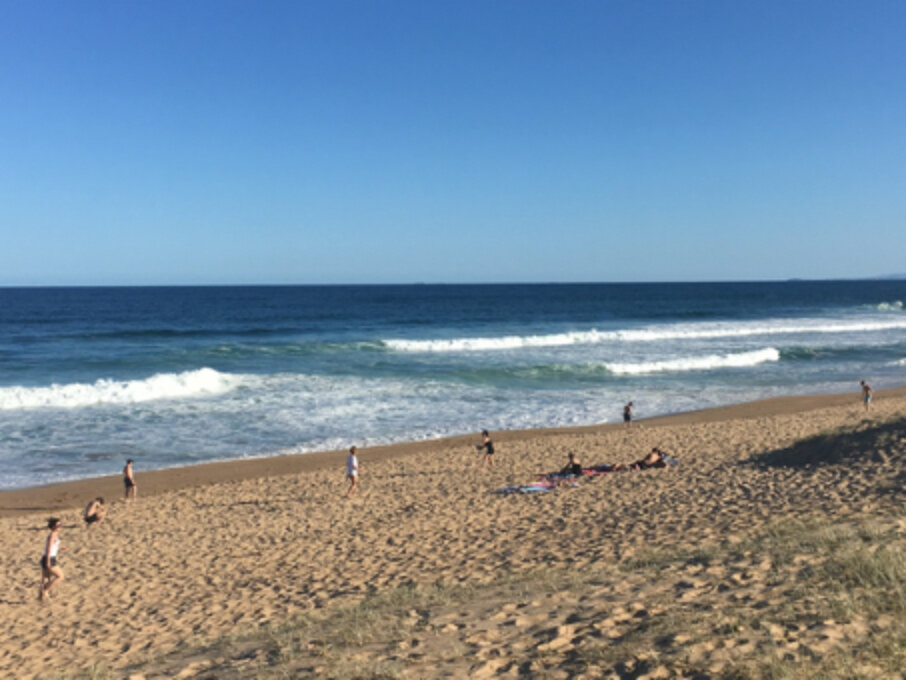
Unpatrolled Beach Users
It is well established that the vast majority of drowning fatalities on Australian beaches occur on unpatrolled beaches (places with no lifeguard/lifesaver services), at distances more than 1 km away from lifeguard/lifesaver services, or outside of patrol times. While Australia, like several other countries, utilises a pair of red and yellow flags to denote safer and lifeguard/lifesaver supervised swimming areas, not all beaches are patrolled, including a number of regional coastal areas that are popular with domestic tourists. There are many reasons why people choose not to swim between the flags on Australian beaches, but few studies have formally examined both the characteristics and behaviour of beachgoers on unpatrolled beaches.
More recently, social media has attracted even more people to remote, and often hazardous coastal locations, with many of these visitors likely lacking adequate knowledge of the environmental conditions and hazards present. Motivating beachgoers to swim between the flags on patrolled beaches and/or to not go swimming or placing themselves at risk in unpatrolled locations remains a significant challenge for all beach safety practitioners. Similarly, evidence-based safety interventionsare needed for unpatrolled beach and coastal locations to deter people from making poor choices of swim location. One of the goals of the UNSW BSRG is to find out more about the ‘who, why, what, where and when’ of unpatrolled beach usage. How many of those people in the photo realise there’s a strong rip behind them?

